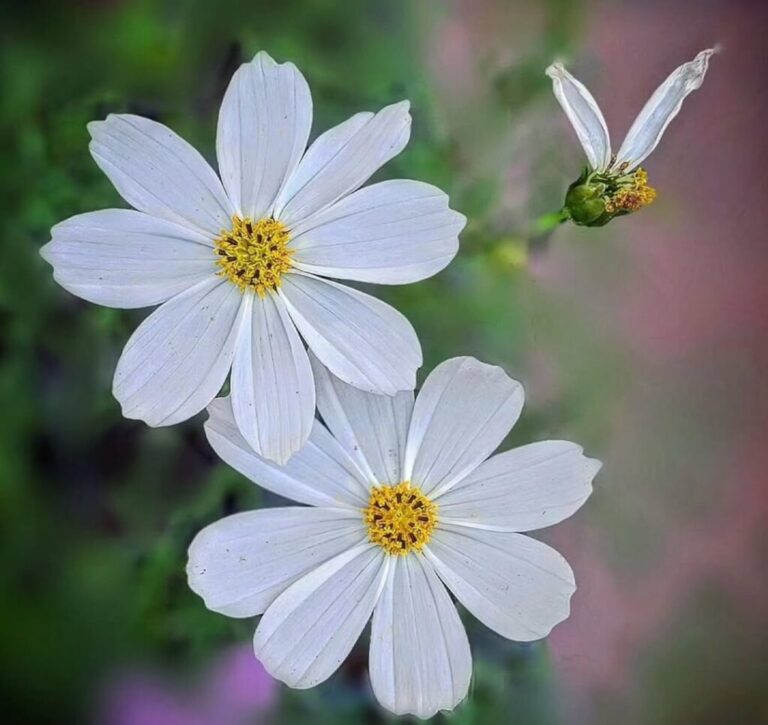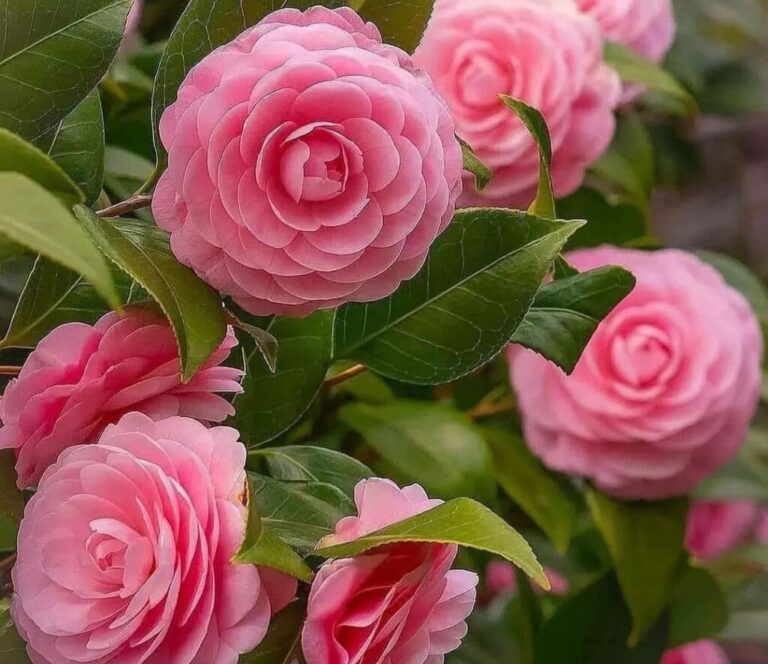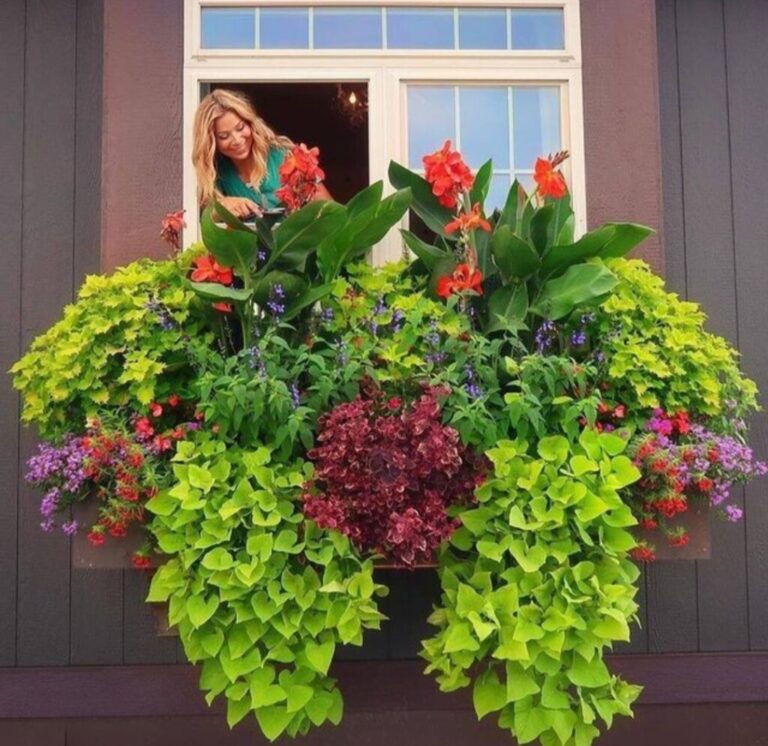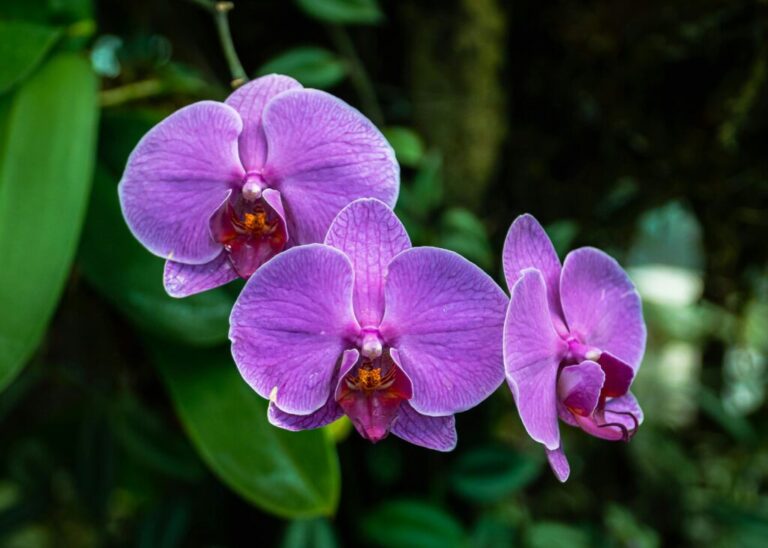The Calathea makoyana, often referred to as the Peacock Plant, is a striking tropical plant adored for its dramatic, feather-like foliage. Its unique leaf pattern—dark green lines on a light green background—closely resembles a peacock’s tail, giving the plant its common name. Originating from Brazil’s tropical rainforests, this plant thrives in warm, humid conditions, making it a perfect candidate for indoor environments that replicate its native habitat.
However, the Peacock Plant is not the easiest to care for. Its specific requirements for humidity, watering, and light can make it a challenge, especially for beginners. But with some dedication and attention, this plant can become a stunning, healthy centrepiece in your home. In this guide, we’ll break down everything you need to know about caring for Calathea makoyana and ensuring it thrives in your space.
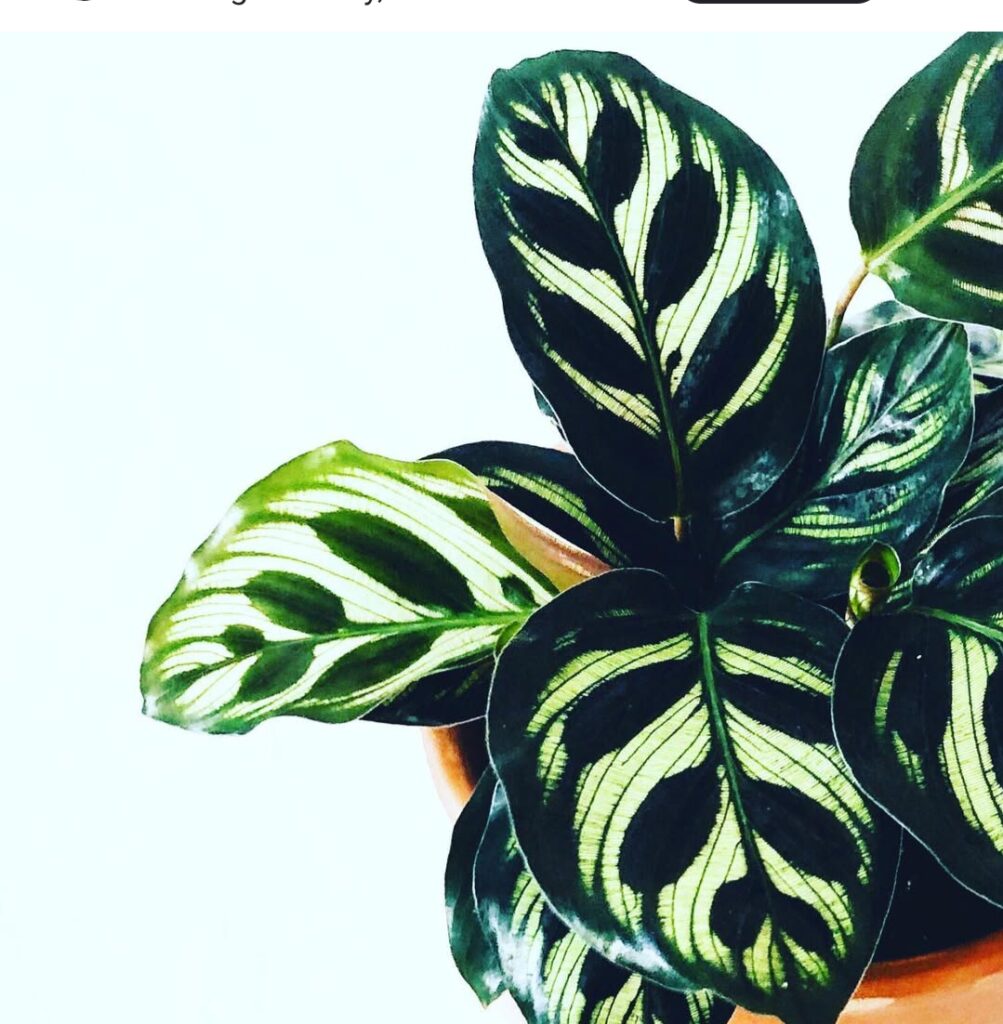
- 1 1. Understanding the Light Needs of Calathea Makoyana
- 2 Best Lighting Setup
- 3 Signs of Light Problems:
- 4 2. Watering: Striking the Right Balance
- 5 Tips for Watering
- 6 Signs of Watering Issues:
- 7 3. Humidity: A Tropical Essential
- 8 4. Temperature: Keeping it Warm
- 9 Temperature Tips
- 10 5. Soil and Potting Mix: Finding the Right Balance
- 11 Recommended Soil Mix
- 12 6. Fertiliser: Feed for Growth
- 13 Best Practices for Fertilising:
- 14 7. Pruning: Keeping it Neat
- 15 8. Repotting: Giving Roots Room to Grow
- 16 How to Repot
- 17 9. Common Problems and Solutions
- 18 Brown Leaf Edges
- 19 10. Propagation: Expanding Your Collection
- 20 FAQS
1. Understanding the Light Needs of Calathea Makoyana
The Peacock Plant requires bright, indirect light to maintain its vibrant patterns and colours. In its native rainforest habitat, it grows under the canopy of taller trees, receiving filtered sunlight. The secret to its success is imitating these circumstances at home.
Direct sunlight can harm the plant by scorching its delicate leaves, leading to fading or browning. On the other hand, insufficient light can result in slow growth and dull foliage. Finding the right balance is essential.
Best Lighting Setup
Place the plant near an east-facing window for gentle morning sunlight.
Avoid placing it in south- or west-facing windows without filtering the light through sheer curtains.
If you don’t have enough natural light, consider using grow lights designed for tropical plants.
Signs of Light Problems:
Too much light: Leaves turn yellow, edges brown, or the patterns fade.
Too little light: Leaves lose their vibrant markings, and the plant becomes leggy.
Remember, the Peacock Plant thrives in steady, moderate lighting, so avoid any sudden changes in its environment.
2. Watering: Striking the Right Balance
Watering the Calathea makoyana can be tricky because it thrives on consistent moisture but despises soggy soil. Its roots are delicate and prone to rot if overwatered, yet it will quickly show signs of stress if underwatered. Striking the perfect balance is crucial.
The ideal strategy is to always keep the soil just a little bit damp. It’s time to water if the top inch of soil feels dry. However, if the soil is still damp, wait a day or two before checking again.
Tips for Watering
Use distilled, filtered, or rainwater, as tap water can contain minerals and chemicals (like chlorine and fluoride) that harm the plant.
Give the plant plenty of water, letting any extra run off the bottom. The pot should never be left in standing water.
During the growing season (spring and summer), you may need to water more frequently, while in fall and winter, reduce watering as the plant’s growth slows.
Signs of Watering Issues:
Overwatering: Yellowing leaves, mushy stems, or a foul smell from the soil.
Underwatering: Curling leaves with brown, crispy edges.
Finding a consistent watering schedule that works for your environment will ensure your peacock plant remains healthy.
3. Humidity: A Tropical Essential
Calathea makoyana is a tropical plant that does well in heavy humidity.In its native rainforest, the air is consistently humid, which helps keep its leaves lush and vibrant. Indoors, achieving similar humidity levels is essential to prevent issues like curling leaves or browning edges.
How to Boost Humidity
Use a humidifier: This is the most reliable way to maintain the 60%-70% humidity that the Peacock Plant prefers.
Group your plants: Placing multiple plants together can create a small, humid microclimate.
Pebble tray method: Place a shallow tray filled with water and pebbles under the pot. Ensure the pot sits above the water, not in it, to avoid root rot.
Misting: Lightly mist the leaves occasionally, but avoid misting in direct sunlight to prevent leaf spots.
If you live in a particularly dry climate or use indoor heating, which can lower humidity levels, investing in a hygrometer to measure humidity is a good idea.
4. Temperature: Keeping it Warm
The Peacock Plant thrives in warm conditions, with an ideal temperature range of 65°F to 75°F (18°C–24°C). It does not tolerate temperature fluctuations, drafts, or cold air, so keeping it in a stable environment is crucial.
Temperature Tips
Avoid placing the plant near air conditioners, heaters, or draughty windows.
Protect it from sudden temperature changes, like opening doors to cold air in winter.
Keep it in a room with consistent warmth, such as a kitchen or bathroom, which naturally have higher humidity levels.
Temperatures below 60°F (15°C) can stress the plant, causing its leaves to droop or lose colour.
5. Soil and Potting Mix: Finding the Right Balance
Calathea makoyana prefers a well-draining potting mix that retains some moisture without becoming waterlogged. The roots need access to oxygen, so compacted or heavy soil can harm the plant.
Recommended Soil Mix
1 part peat moss or coco coir (retains moisture)
1 part perlite (improves drainage)
1 part regular potting soil
The addition of organic matter, such as compost, can provide nutrients and improve soil texture. Ensure the pot has adequate drainage holes to allow excess water to escape.
6. Fertiliser: Feed for Growth
Feeding your peacock plant during its active growing season (spring and summer) can help it maintain vibrant foliage and support new growth. Once a month, apply half-strength of a water-soluble, balanced fertiliser. An accumulation of salt in the soil might harm the roots, so try not to fertilise too much.
Best Practices for Fertilising:
When the plant’s development slows down in the fall and winter, stop fertilising.
Flush the soil occasionally by watering deeply to prevent mineral buildup.
7. Pruning: Keeping it Neat
Pruning is not a major requirement for the Calathea makoyana, but occasional maintenance can keep the plant looking its best. Remove any yellowing, damaged, or dried leaves to direct the plant’s energy toward healthy growth. To avoid infections, use clean, sharp scissors or pruning shears.
8. Repotting: Giving Roots Room to Grow
Repot your peacock plant every 1-2 years or when it becomes root-bound. Signs that it’s time to repot include slowed growth or roots poking out of the drainage holes.
How to Repot
Select a pot that is one to two inches bigger than the one you have now.
Prepare fresh potting mix.
Being cautious not to harm the roots, carefully remove the plant from its current pot.
Fill the new pot with fresh soil around the roots of the plant.
To assist the plant in adapting, give it plenty of water and put it in a warm, humid location.
9. Common Problems and Solutions
Leaf Curling
Cause: Underwatering or low humidity.
Solution: Increase watering frequency and raise humidity levels.
Brown Leaf Edges
Cause: low humidity or tap water contaminated with contaminants.
Solution: Make use of distilled water and keep the humidity level constant.
Yellowing Leaves
Cause: Overwatering or poor drainage.
Solution: Allow the topsoil to dry slightly before watering and ensure the pot has drainage holes.
10. Propagation: Expanding Your Collection
Calathea makoyana is best propagated through division during repotting. This method ensures the new plant has an established root system, increasing the chances of success.
Steps to Propagate by Division
Gently remove the plant from its pot.
Separate clumps of roots with at least one healthy stem and a few leaves.
Each division should be planted in a separate container with new soil.
Keep the new plants in a warm, humid environment to help them acclimate.
With the right environment and a little patience, the Calathea makoyana can become the star of your indoor garden, bringing a vibrant, tropical feel to your space all year round.
FAQS
Why Choose the Calathea Makoyana?
Beyond its beauty, the Peacock Plant is a safe, pet-friendly option for homes with cats or dogs. Its air-purifying properties also make it a wonderful addition to any indoor space. While it may require more care than some other houseplants, the reward of its stunning foliage is well worth the effort.
.


